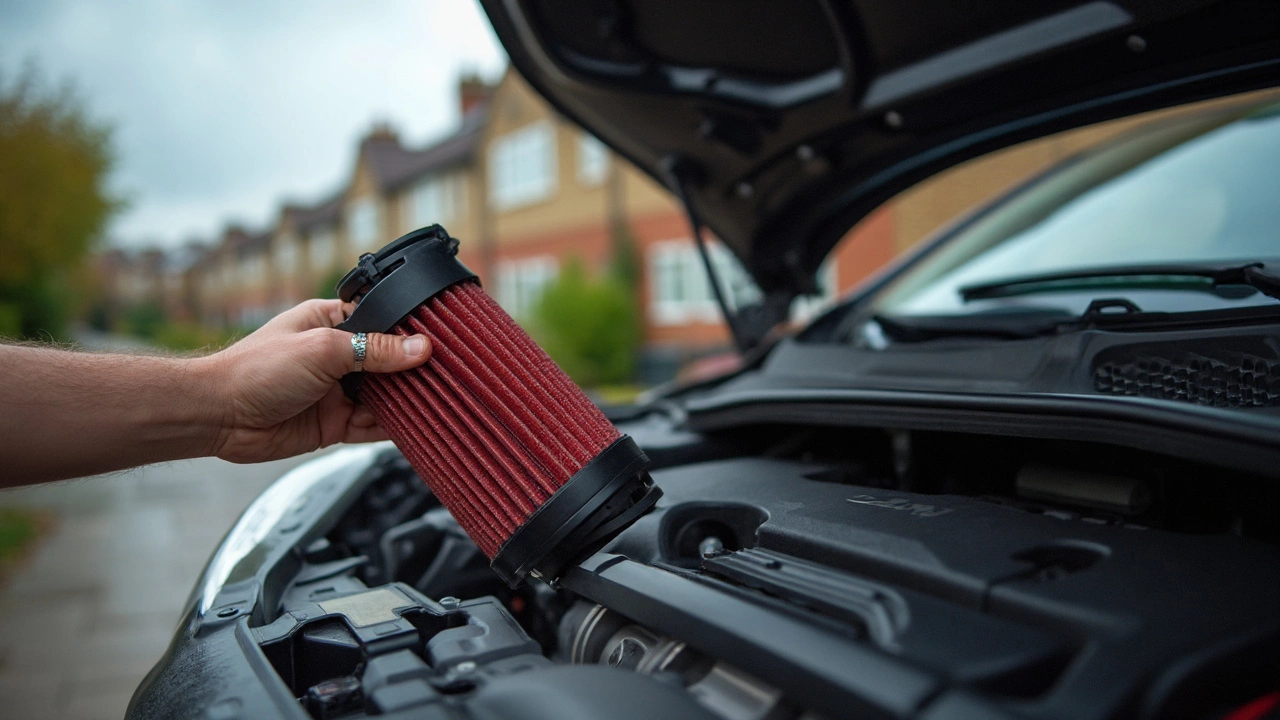Increased Airflow: Simple Ways to Boost Power and Keep Your Engine Safe
Ever wonder why a few extra horsepower feels like a miracle after swapping a filter? It’s all about airflow. More air going into the engine can mean better combustion, smoother throttle response, and a livelier drive. The trick is getting that extra flow without hurting your MAF sensor or breaking the warranty.
Pick the Right Filter for Your Goals
If you’re after a modest gain, a high‑flow paper filter is a safe bet. It lets more air in than a stock paper element but still filters out dust. For bigger gains, performance cotton gauze filters like K&N promise even higher flow. They’re reusable, but you need to clean them regularly – otherwise they can become a dust trap and start feeding grit into the engine.
When you choose a cotton gauze filter, follow the cleaning schedule in the manual. A quick wash with the right detergent and a thorough dry can keep the flow rating high and prevent particles from slipping past the media.
Protect Your MAF Sensor While You Upgrade
Most modern engines use a Mass Air Flow (MAF) sensor to measure the exact amount of air entering the intake. Anything that tampers with that reading can trigger a check engine light or cause the ECU to run rich, which hurts fuel economy.
Here’s a safe approach: install a pre‑filter or a mesh screen right before the MAF sensor. It catches larger particles that could coat the sensor’s delicate wires. If you go with a high‑flow oiled gauze filter, make sure the oil doesn’t splash onto the sensor – a short, sealed housing can prevent that.
Another tip: after any filter swap, reset the MAF learning process. Most cars do it automatically after a drive, but you can speed it up by doing a short, varied‑rpm run for a few minutes.
Don’t forget to check the filter’s pressure drop rating. A filter that’s too restrictive will choke the engine, while one that’s too open might let unwanted debris through. Aim for a balance – around a 10‑15% improvement over stock is usually enough for noticeable performance without compromising reliability.
Finally, keep an eye on the intake temperature. Cold air is denser, so many enthusiasts add a cold‑air intake (CAI). If you install a CAI, route the duct away from hot engine bays and make sure the filter sits in a spot where it can draw fresh air, not hot exhaust fumes.
With these steps – choosing the right filter, protecting the MAF sensor, and ensuring proper installation – you’ll enjoy smoother acceleration, a slight boost in power, and peace of mind that your engine stays healthy. Remember, a few smart tweaks often outshine a major overhaul when it comes to airflow.

How Much HP Does a K&N Drop-In Filter Add?
Curious if a K&N drop-in filter really boosts your car’s horsepower? This article breaks down what actually happens under the hood and how much HP you can expect from this quick mod. Find out the factors that influence gains, learn some tips for getting the most from your filter, and see if the upgrade is worth your money. Real-life data and honest advice straight from car enthusiasts. No hype, just what works—and what doesn't.